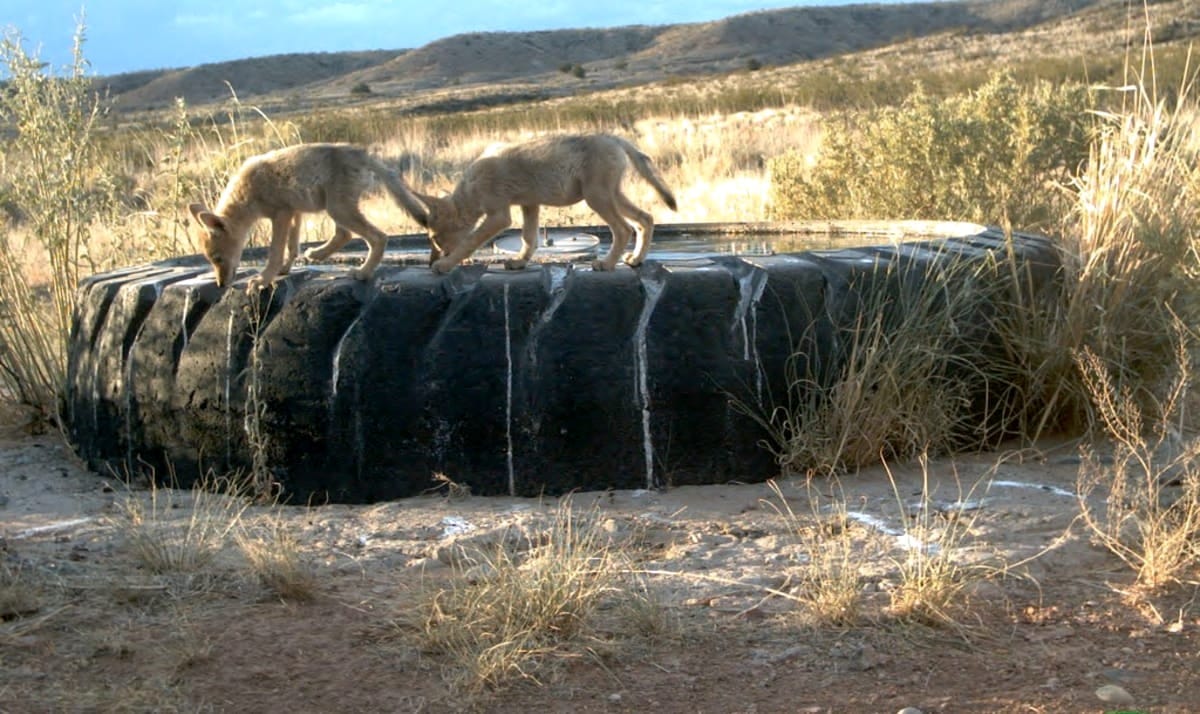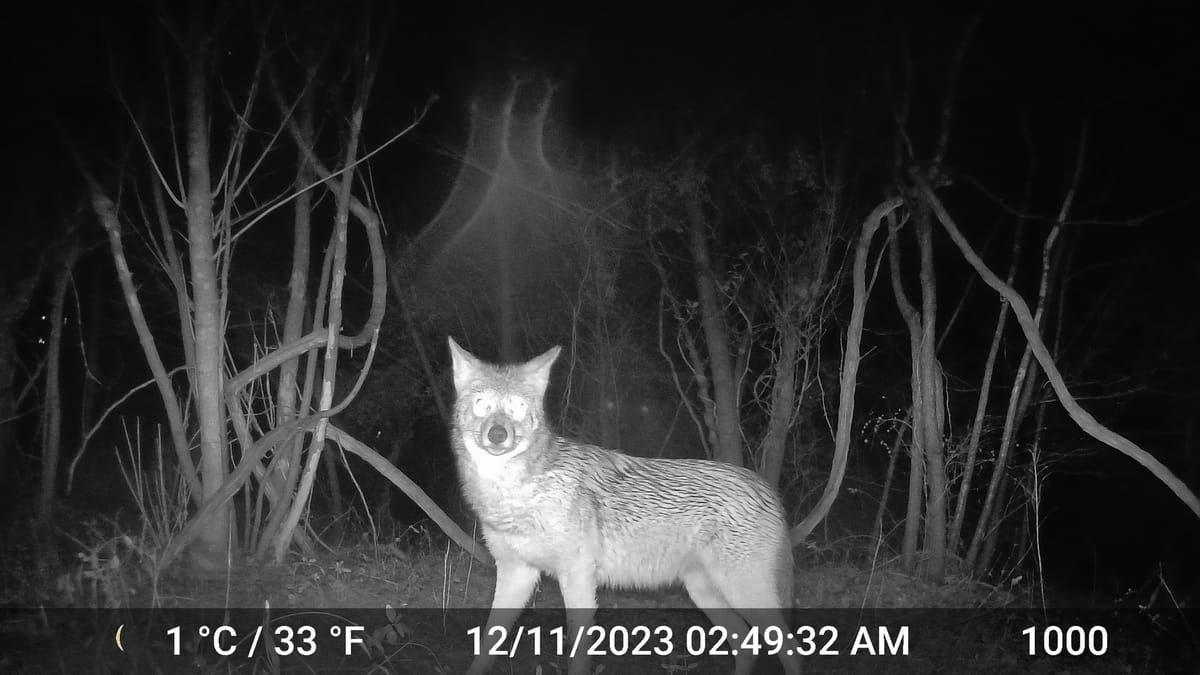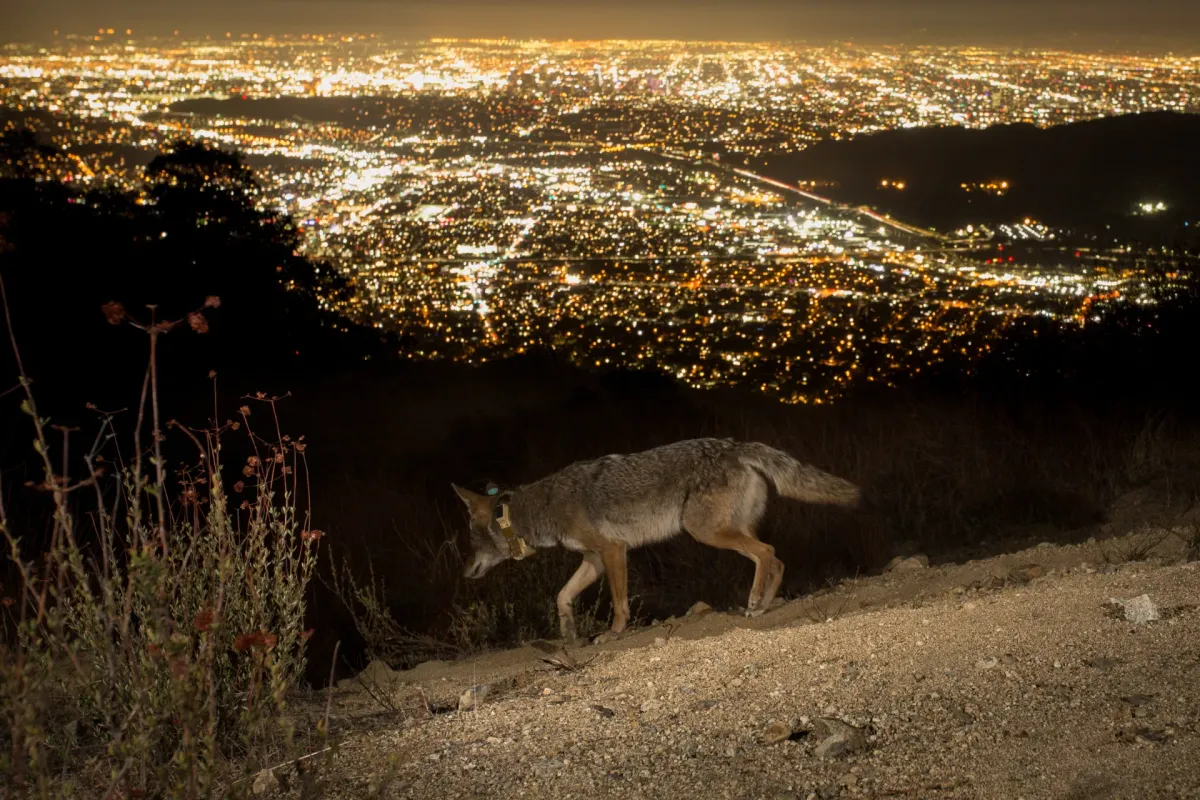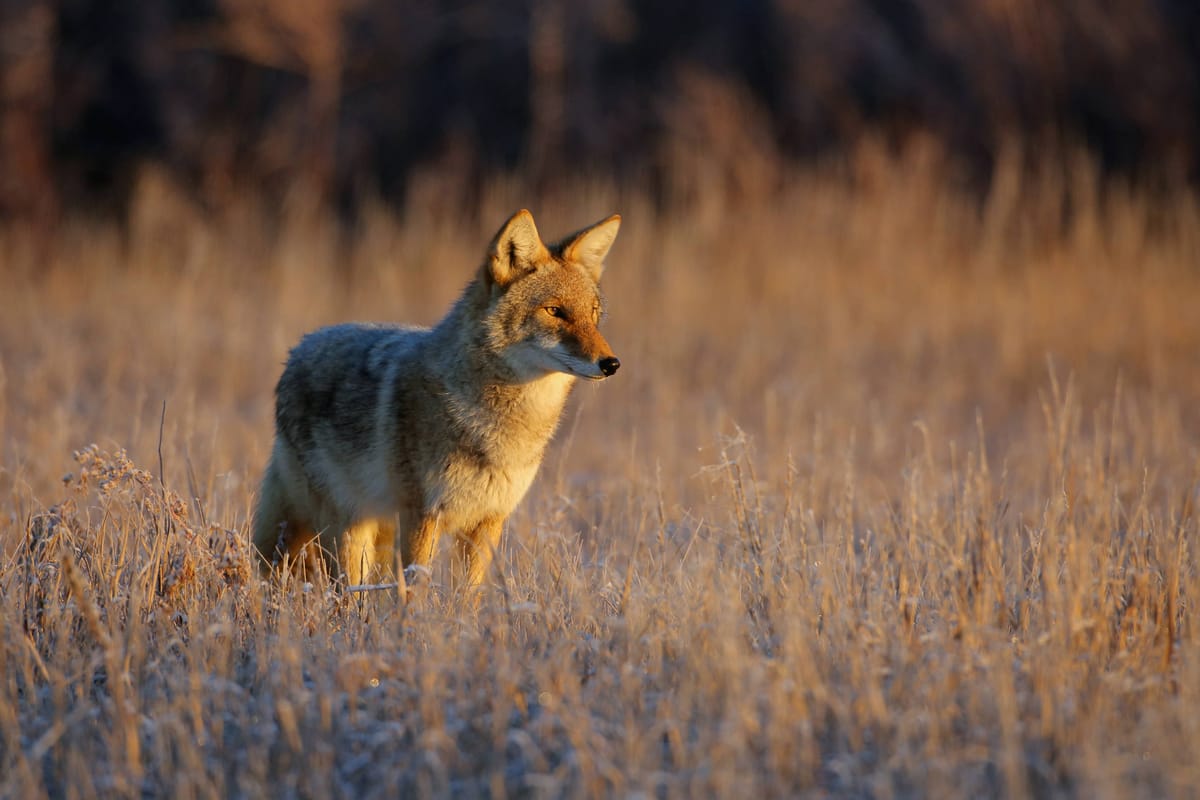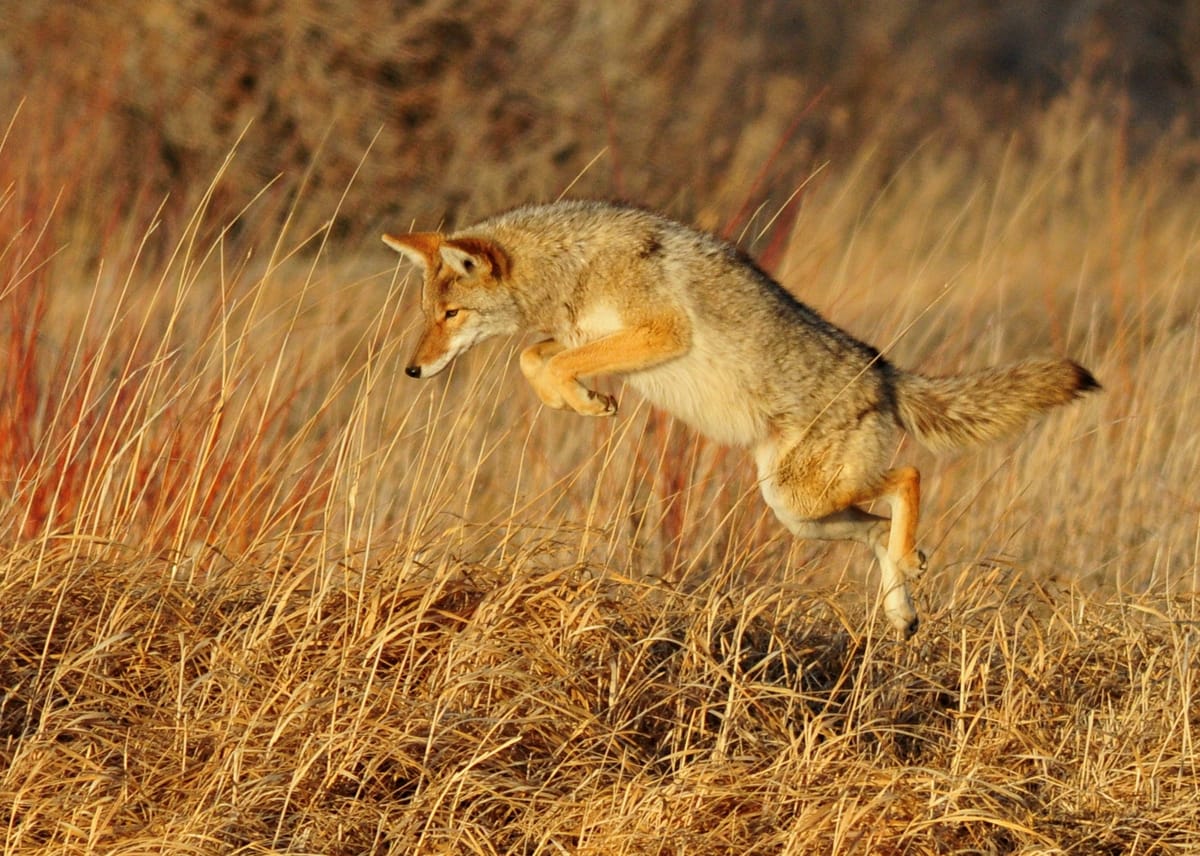Coyotes are a permanent part of California’s landscapes—from the wild deserts and foothills to suburban neighborhoods and urban parks. Efforts to eradicate them have consistently failed, and research shows that lethal control alone often worsens conflict by disrupting family groups and triggering increased reproduction.
Modern wildlife management in California emphasizes coexistence, built on prevention, education, and community involvement. By learning practical strategies, residents, ranchers, and cities can reduce conflicts while preserving coyotes’ ecological benefits, such as rodent control and carrion cleanup.
Below, you'll find hands-on guidance for Californians seeking to live alongside coyotes safely and responsibly.
Sources and References for Our Coyote Coverage
Our coyote hub is based on trusted resources from government agencies, universities, and peer-reviewed research. Explore the full list below:
- National Park Service (NPS) – Coyote Information Page
- California Department of Fish & Wildlife (CDFW) – Wildlife Incident Reporting (WIR) System
- California Fish & Game Commission – Nongame Animal Regulations
- UC IPM – Pest Notes: Coyotes
- USDA APHIS – Wildlife Damage Management Technical Series: Coyotes (PDF)
- Project Coyote – Be Coyote Aware Flyer (PDF)
- California Department of Fish & Wildlife / Human–Wildlife Conflict Program – Coyote Management Plans and Wildlife Watch (PDF)
- California Department of Fish & Wildlife – Coyote Range Map (PDF)
- UC ANR – Publication 8598: Livestock Protection Tools for California Ranchers (PDF)
- Scientific Reports (2024) – Urban coyotes in southern California show adaptations to anthropogenic landscapes and activity patterns
- Ecology Letters (2025) – Environmental Health and Societal Wealth Predict Movement Patterns of an Urban Carnivore
Safety for Residents & Pets
For many Californians, coyote encounters occur close to home. By making simple changes, residents can dramatically reduce the risk of conflict:
- Secure Food Sources: Keep garbage bins tightly closed, store pet food indoors, and avoid leaving compost, bird seed, or fallen fruit accessible. Coyotes are opportunistic feeders and will return if rewarded.
- Protect Pets:
- Always supervise small dogs and cats when outdoors, especially during dawn and dusk when coyotes are most active.
- Use leashes on walks, and consider coyote-proof enclosures or catios for unsupervised time outside.
- Avoid feeding pets outdoors, which attracts coyotes and other wildlife.
- Hazing Techniques: If a coyote approaches too closely, use hazing to reinforce their natural fear of humans. Effective methods include: shouting, clapping, waving arms, throwing small objects near (not at) the animal, or using whistles and noisemakers.
- What Not to Do:
- Never intentionally feed or attempt to befriend coyotes.
- Avoid approaching dens or pups, which may provoke defensive behavior.
- Do not run if confronted — instead, stand tall, make noise, and slowly retreat while facing the coyote.
When practiced consistently by entire neighborhoods, these strategies prevent habituation and ensure coyotes maintain healthy boundaries with people.
Protecting Livestock & Ranchlands
For ranchers and farmers, coyotes are most often a concern due to depredation of sheep, goats, calves, and poultry. While lethal control has been historically common, research shows that non-lethal tools are often more effective and sustainable in the long run.
Recommended strategies include:
- Livestock Guardian Animals: Dogs, llamas, and donkeys have proven effective in deterring coyotes. Guardian animals bond with the herd and provide constant, low-cost protection over time.
- Predator-Proof Fencing: Electric fencing, fladry (flags attached to fencing), and night enclosures significantly reduce losses. Taller fences with buried bottoms prevent coyotes from jumping over or digging under.
- Seasonal Management: During lambing or calving seasons, bringing animals closer to barns or into night enclosures reduces vulnerability.
- Deterrents: Motion-activated lights, sound devices, and even radio noise can discourage coyote activity near pastures, though these are most effective when rotated to avoid habituation.
Non-lethal measures not only protect livestock but also reduce the ecological disruptions caused by indiscriminate lethal control.
Community-Based Approaches
Individual actions are important, but the most successful coexistence strategies come from coordinated community responses.
- Wildlife Watch: This state program trains residents to recognize attractants, report incidents, and apply hazing consistently across neighborhoods. Much like a “Neighborhood Watch,” it fosters collective responsibility.
- Urban Coyote Plans: Cities such as Los Angeles, San Francisco, and Sacramento have implemented structured coyote management plans. These include reporting systems, educational workshops, and clear protocols for responding to conflicts.
- Community Hazing Workshops: Training sessions empower residents to feel confident when encountering coyotes, reducing fear while reinforcing consistent deterrent behavior.
- Unified Response Matters: If one household removes attractants but a neighbor continues to leave food or unsecured trash outside, coyotes will still be drawn to the area. Coordinated action is essential for long-term success.
By building community-wide awareness and cooperation, Californians can reduce conflicts dramatically while promoting coexistence with coyotes.
When to Report Incidents
Not every coyote sighting requires official action. Distinguishing between normal behavior and genuine conflict is key to effective management.
- Normal Sightings: Seeing coyotes in neighborhoods, parks, or fields — especially at dawn or dusk — is not unusual and typically does not require reporting.
- Nuisance Behavior: Bold approaches toward people, repeated appearances during the day, or attraction to trash and pet food should be reported to local authorities for monitoring.
- Verified Depredation: If livestock or pets are attacked, incidents should be documented and reported through the CDFW Wildlife Incident Reporting (WIR) system. This allows CDFW investigators to respond, verify damage, and determine if a depredation permit is warranted.
- Depredation Permits: Under California law, property owners may request a permit to lethally remove coyotes that have been verified as causing damage. Reporting is mandatory when animals are taken under these permits (CDFW WIR).
Using the reporting system ensures incidents are tracked consistently, helping agencies refine management strategies and target resources effectively.
Role of Education in Long-Term Coexistence
Education is the backbone of California’s modern coyote management strategy. When residents understand both risks and ecological benefits, they are more likely to choose preventive measures over lethal responses.
- Project Coyote–Be Coyote Aware: Flyers, presentations, and online resources emphasize simple coexistence practices such as hazing and attractant removal.
- CDFW Outreach: State programs provide public workshops, guidance documents, and partnerships with local governments to standardize responses across communities.
- School Engagement: Teaching children about coyotes builds awareness and reduces fear, creating generational change in attitudes toward coexistence.
- Media & Messaging: Clear, accurate communication through social media, news outlets, and local government websites helps reduce misinformation and panic following high-profile incidents.
When combined, these educational efforts transform public perception: from viewing coyotes as dangerous intruders to recognizing them as wild neighbors requiring boundaries and respect.
Case Studies of Successful Coexistence
Examples from across California show how coexistence strategies work in practice:
- Ranchlands Using Non-Lethal Tools: UC ANR research highlights ranchers who successfully reduced livestock losses using combinations of guardian dogs, electrified fencing, and rotational grazing practices. These ranches not only lowered depredation rates but also avoided the ecological disruptions that often follow lethal control.
- Suburban Hazing Programs: In suburban communities, organized hazing workshops led by CDFW and local NGOs empowered residents to respond consistently to coyote encounters. As neighbors learned to remove attractants and haze boldly, reports of conflicts declined significantly.
- Urban Research Insights: Studies in Southern California found that neighborhoods practicing proactive coexistence—keeping trash secure, educating residents, and reporting incidents promptly—experienced fewer conflicts overall, even in high-density urban areas.
These case studies demonstrate that coexistence is achievable, whether on a ranch, in a suburb, or in a city, when strategies are applied consistently and community-wide.
Conclusion
Living with coyotes is inevitable in California — but conflict does not have to be. By securing attractants, protecting pets and livestock, reporting incidents appropriately, and investing in education, Californians can reduce risks while benefiting from the ecological services coyotes provide.
Coexistence requires a multi-layered approach:
- Individual responsibility (residents managing food sources, pet safety).
- Ranching adaptations (guardian animals, predator-proof fencing).
- Community action (Wildlife Watch, urban coyote plans).
- State support (CDFW WIR, outreach, depredation permit regulation).
Together, these strategies ensure that coyotes are not treated as enemies to be eliminated, but as wild neighbors to be respected and managed wisely.
Learn More About California Coyotes
